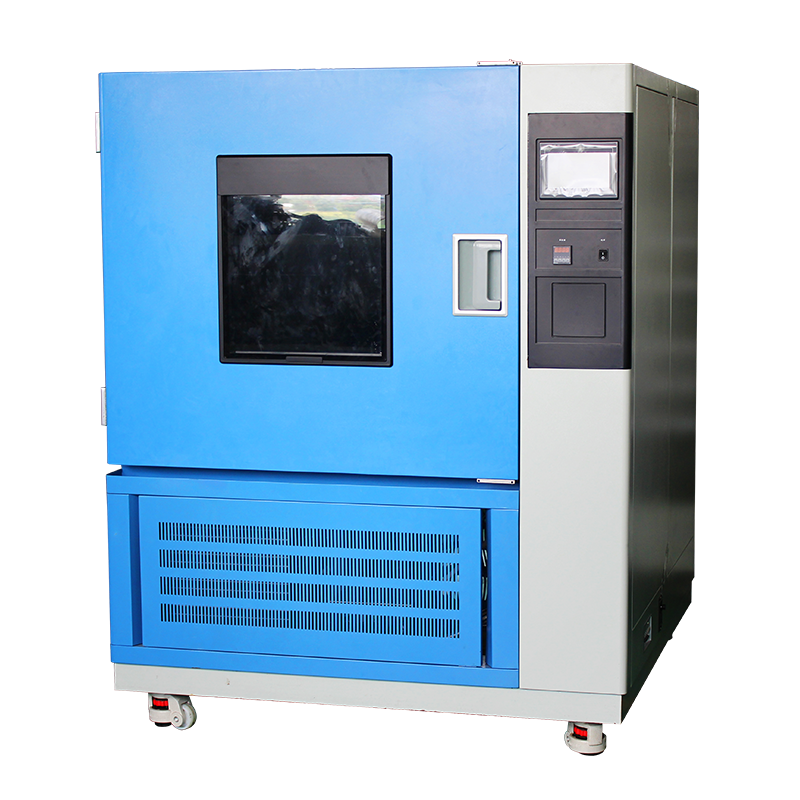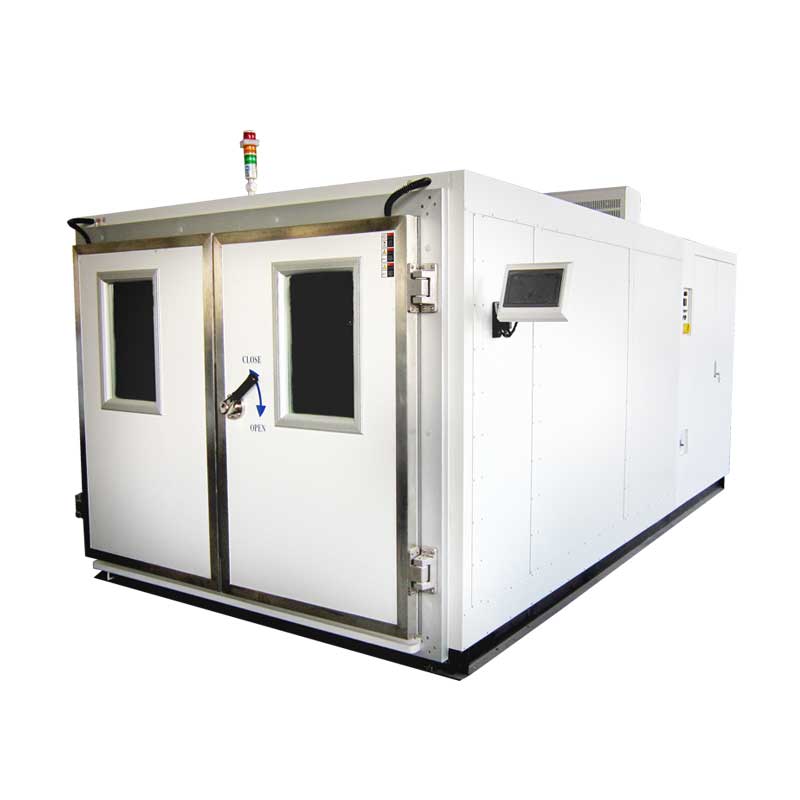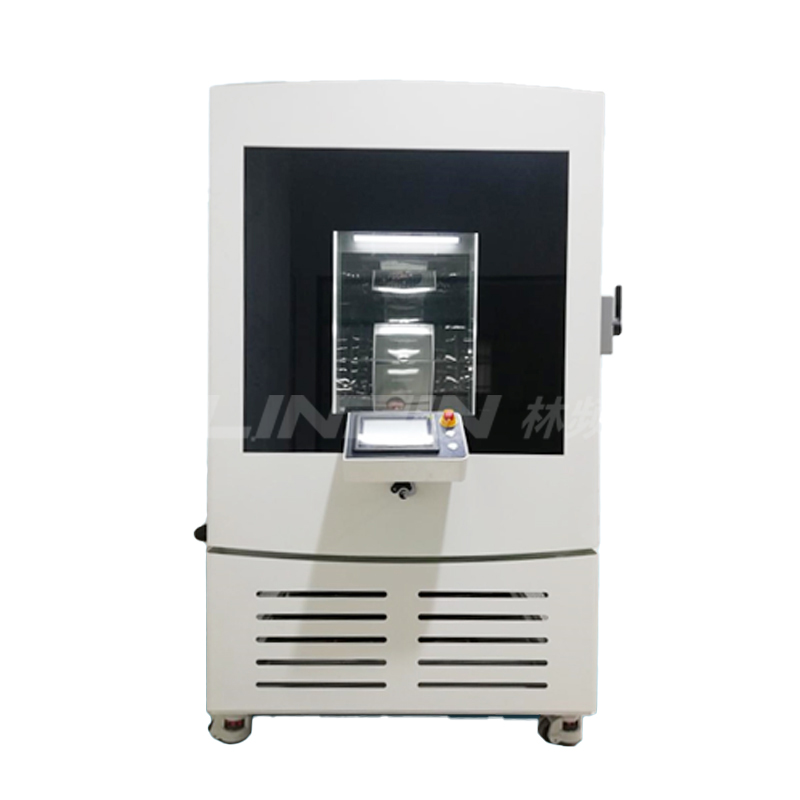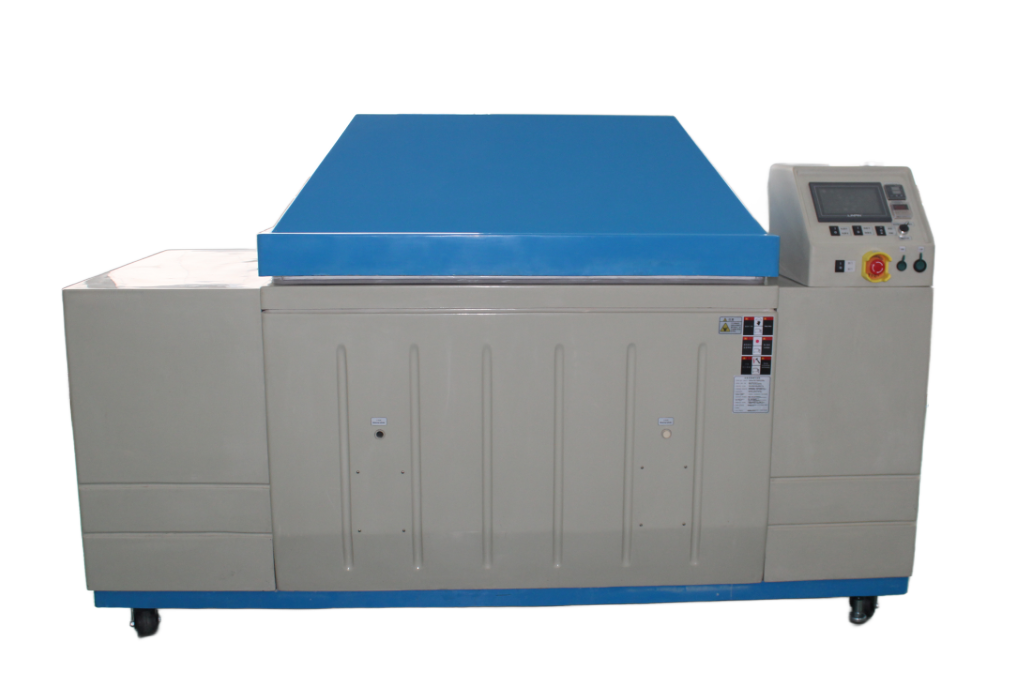How to classify the test methods of low-temperature test chambers?
Author:LINPIN Update Time:2025-04-12 Source:LINPINThe low-temperature test chamber, also known as a cryogenic chamber, is mainly used to test the performance and parameters of products or materials from various industries such as electronics, electrical appliances, machinery, aviation, and aerospace under changing temperature conditions. The test samples placed inside the chamber are not directly exposed to the heating or cooling radiation from the equipment, which helps ensure the accuracy of the test results.

The refrigeration methods of low-temperature test chambers can be divided into two categories based on different temperature ranges and research subjects: conventional refrigeration technology (referred to as "normal refrigeration") and deep refrigeration technology (referred to as "deep refrigeration"). However, some manufacturers may refer to normal refrigeration as "refrigeration technology" and deep refrigeration as "low-temperature technology" due to differences in terminology. The dividing line between these two methods is -120°C. The temperature range from ambient temperature to -120°C is considered normal refrigeration, while the range from -120°C to -273.15°C is classified as deep refrigeration.
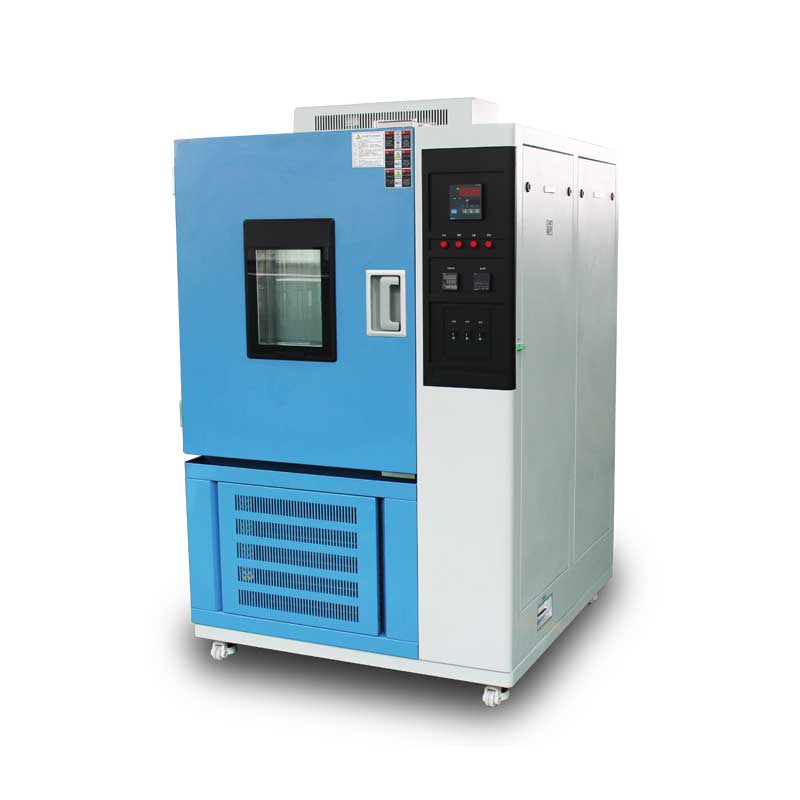
The low-temperature test chamber has several notable features. It offers a wide temperature control range to meet the requirements of various users. It employs a unique balanced temperature regulation method, providing stable and precise temperature control. The temperature can be displayed digitally for easy monitoring. Additionally, the chamber allows for the adjustment of temperature error values to meet more accurate test conditions.
Low-temperature test chambers can also be applied in daily life, so it is beneficial to have a basic understanding of these devices. The above information about the classification of test methods should be helpful.

